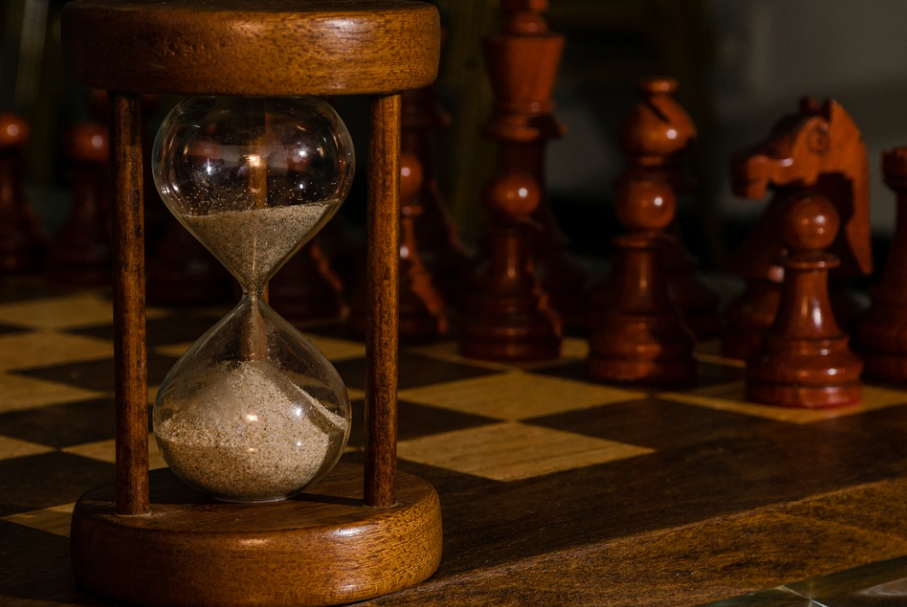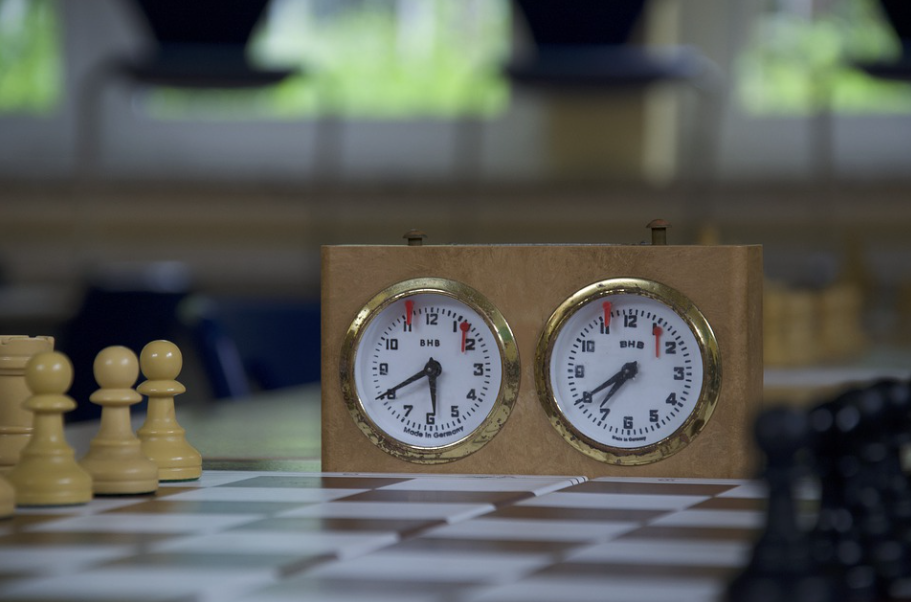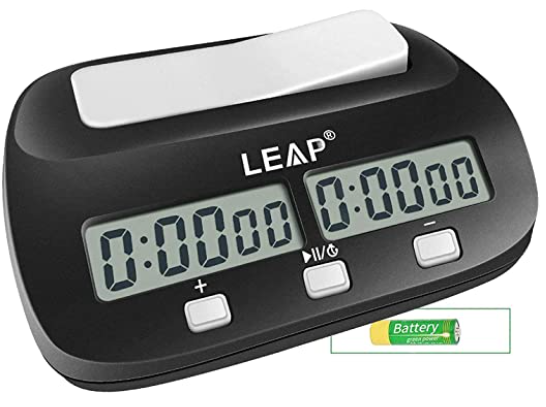Before the invention of the chess clock, a game of chess was a serious time commitment. Official matches would last on average between 8 and 9 hours, and in 1843, a match between Howard Staunton and Pierre Saint Amant lasted 14 and a half hours! Can you image watching a game go on for that long? Eventually players realized the need for time limits to be established, and chess timers and clocks were invented.
A sand hourglass timer was first officially used in 1860 at a chess match in London. While the sand hourglass timer was a good first step, it wasn’t the most accurate way to keep time, due to temperature changes and humidity effecting the drainage of the sand.

In 1883, Thomas Bright Wilson and Joseph Henry Blackburne invented the analog chess clock, which was used for the first time at a tournament in London. It was a big step in the right direction towards accurately keeping the duration of the game under a time limit, however there were still drawbacks, including the accuracy of matching the two clocks, and the fact that additional time could not easily be added for more complex time controls. In 1889, the idea of adding a red flag was introduced to indicate to the player that they only had 3 minutes left until their time expired.

In 1973, the first digital clock was invented by Bruce Cheney, a student at Cornell University. The digital clock allowed for more sophisticated time controls than the analog clock, but like any prototype, it wasn’t without its fair share of issues. In 1975, Joseph Mashi and Jeffrey Ponsor created the first commercially available digital clock named Micromate-80. Three years later, in 1978, an improved clock, called the micromate-180 was produced. The digital clock was more accurate than analog ones, and it could also be programmed, adding creativity to how games could be timed. While sand timers brought game times down to a few hours, digital clocks meant that players could now play a game in a couple minutes – necessary for speed games like blitz.

In 1988, world chess champion Bobby Fischer patented an addition to the digital chess clock. His idea gave each player a fixed period of time at the start of the game, and then added a small amount of time after each move, making it so players wouldn’t be short on time if they needed it. This timing method is often referred to as “increment”. Simply put, increment means that when it becomes a player's turn to move, the delay (or increment) is added to that player's remaining time. If the delay is five seconds, and the player has ten minutes remaining on their clock when their clock is activated, they would now have ten minutes and five seconds remaining. Fischer’s adaptation to the clock meant that a player could play endgames with more time to think.
So how is a chess clock used?
Chess clocks are set at the beginning of a game, and count down from an agreed upon time. Only one clock runs at a time, and players pause their time/start their opponents time by pressing a button after each move they make. Often clocks feature a small flag on the face that falls when the player’s time is up.
Timing really is everything.
What is your favorite chess clock to use?
